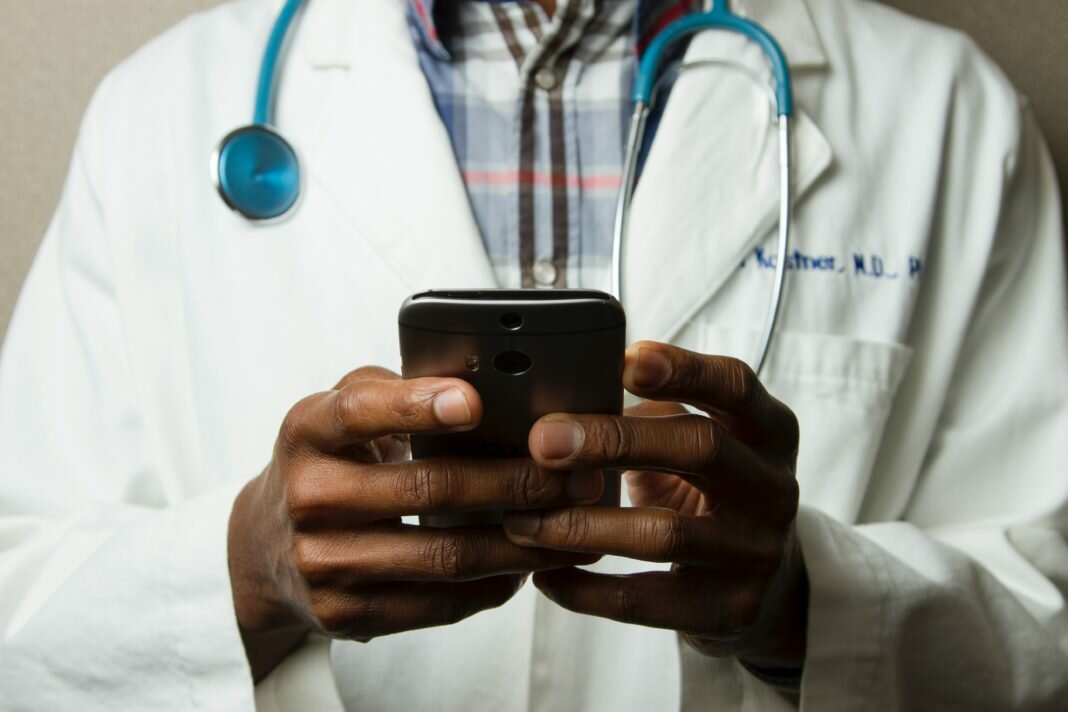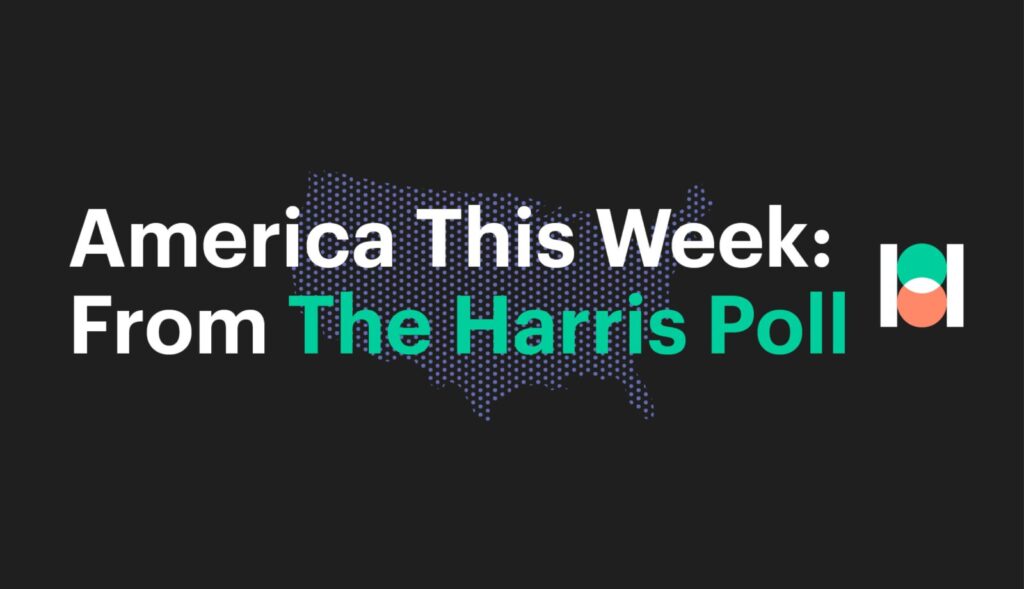Brief • 4 min Read

The COVID-19 pandemic forced Americans to put many of their larger plans on hold, but routine events were no exception either. Americans saw changes to grocery experiences, time spent with family and friends, and medical care. A previous study between The Harris Poll and TIME in February 2021 found 58% of Americans admitted to delaying routine medical services and health care appointments due to the pandemic, but how has this changed with a new presidential administration and the introduction of a vaccine?
This ongoing series of studies between The Harris Poll and TIME throughout the first few months of 2021 finds that telehealth use increased during the COVID-19 pandemic and has held steady. However, this may not be replacing routine medical appointments for all patient segments, especially patients of color. Additionally, mental health services — especially teletherapy — have continued to take a back seat.
As reported in February, nearly three in five Americans said they had delayed medical services because of the pandemic. Nearly half (51%) reported using telehealth services since the pandemic started. However, despite the uptick in telehealth usage and the noted rise in stress levels, mental health had taken a backseat — indicating potential gaps in availability or a reluctance to seek mental health services remotely. Just a quarter of all Americans (24%) reported seeking mental health services during the pandemic (even lower than 29% who claimed they had done so before the pandemic).
Today, these trends continue to hold. Most Americans (52%) have put off key medical appointments over the last three months. The share of those putting off appointments has also remained flat since the last time this study was conducted at the end of April (53%). Dental exams, annual check-ups, and eye exams remain the most frequently delayed appointments.
Thirty percent of U.S. adults say they have delayed a dental exam in the past three months compared to 27% at the time of last polling. A quarter (25%) of adults have delayed a physical in the past three months compared to 23% at the end of April. Another quarter (24%) also have delayed an eye exam in the past three months compared to 21% at the time of last polling.
This is especially true for Americans of color, too. Compared to only 47% of White Americans, 65% of Americans of color say they have delayed medical services in the last three months due to the pandemic. This was even higher for Hispanic Americans at (72%).
In addition to routine appointments, Americans of color have also delayed non-routine medical appointments over the last three months compared to White Americans (39% vs. 22%, respectively). These include medical appointments such as specialist appointments (22% vs. 15%) and mental health appointments (20% vs. 10%).
It is worth noting, though, that although Americans of color have delayed mental health services more than White Americans in the last three months, Americans of color have sought mental health services at a higher frequency than White Americans since the pandemic started. Compared to 21% of White Americans, 24% of Americans of color have received mental healthcare from a professional since the pandemic started. This frequency is even higher for Black Americans at 31%.
Insurance type appears to have swayed the decision to delay medical appointments. While pandemic-related considerations (e.g., appointment availability, personal safety, vaccination status) may have played a role, policy restrictions (e.g., coverage terms, dates) and cost also appeared as likely barriers to entry – particularly for non-routine medical services.
U.S adults with public marketplace or private insurance are most likely to push back routine medical appointments because of the COVID-19 pandemic. Compared to 30% of all U.S. adults, 42% of adults with private and/or public marketplace insurance delayed a dental exam in the past three months. More than a third (35%) of adults with private or public marketplace also delayed an eye exam in the past three months (vs. 24% of U.S. adults)
The impact of insurance types becomes even clearer across non-routine appointments – particularly for adults with public marketplace insurance. Adults with public marketplace insurance are at least twice as likely as the general population to have delayed a non-routine medical appointment (e.g., specialist, mental health, non-life-threatening injury).
Pandemic telehealth adoption has held steady since the beginning of the year, but mental health patients appear to prefer in-person appointments to teletherapy.
Those seeking mental health services has held constant throughout 2021 at just under a quarter of Americans. However, the share of those using teletherapy options has stayed flat throughout polling waves while in-person meetings have risen. Currently, 58% of Americans using mental health services say they have met with a professional over a video call since the pandemic started, and 40% have met with a professional over an audio call. Today, more than half (53%) of those receiving mental health services have met with a professional since the pandemic started compared to only 37% who said so in February and 41% who said so at the end of April. This is likely a result of widespread vaccination efforts and eased social distancing restrictions.
Most people that saw a mental healthcare practitioner during the pandemic plan to continuing doing so after all restrictions have lifted. Nearly a quarter (22%) of all U.S. adults say they have seen a mental healthcare provider since the start of the pandemic, and eight in ten of these adults plan to continue treatment once all restrictions are lifted. Those who had also received mental healthcare before the pandemic started are even more likely to say they will continue mental healthcare post-pandemic (85%) compared to mental healthcare patients that started for the first time during the pandemic (58%).
Methodology:
This survey was conducted online within the United States by The Harris Poll on behalf of TIME across three waves: February 12-15, 2021, among 1,093 U.S. adults ages 18 and older; April 30 – May 3, 2021, among 1,061 U.S. adults ages 18 and older; and May 27-28, 2021, among 1,060 U.S. adults ages 18 and older. These online surveys are not based on a probability sample and therefore no estimate of theoretical sampling error can be calculated. Figures for age, sex, race/ethnicity, education, region and household income were weighted where necessary to bring them into line with their actual proportions in the population. Propensity score weighting was used to adjust for respondents’ propensity to be online. For more information on methodology, please contact Madelyn Franz or Dami Rosanwo.
Subscribe for more Insights
Subscribe to our newsletter for the latest trends in business, politics, culture, and more.
Download the Data
Get the full data tabs for this survey conducted online within the United States by The Harris Poll on behalf of TIME between February 12-15, 2021, among 1,093 U.S. adults ages 18 and older; April 30 – May 3, 2021, among 1,061 U.S. adults ages 18 and older; and May 27-28, 2021, among 1,060 U.S. adults ages 18 and older.
Download
Subscribe for more Insights
Subscribe to our newsletter for the latest trends in business, politics, culture, and more.
Download the Data
Get the full data tabs for this survey conducted online within the United States by The Harris Poll on behalf of TIME between February 12-15, 2021, among 1,093 U.S. adults ages 18 and older; April 30 – May 3, 2021, among 1,061 U.S. adults ages 18 and older; and May 27-28, 2021, among 1,060 U.S. adults ages 18 and older.
DownloadRelated Content








